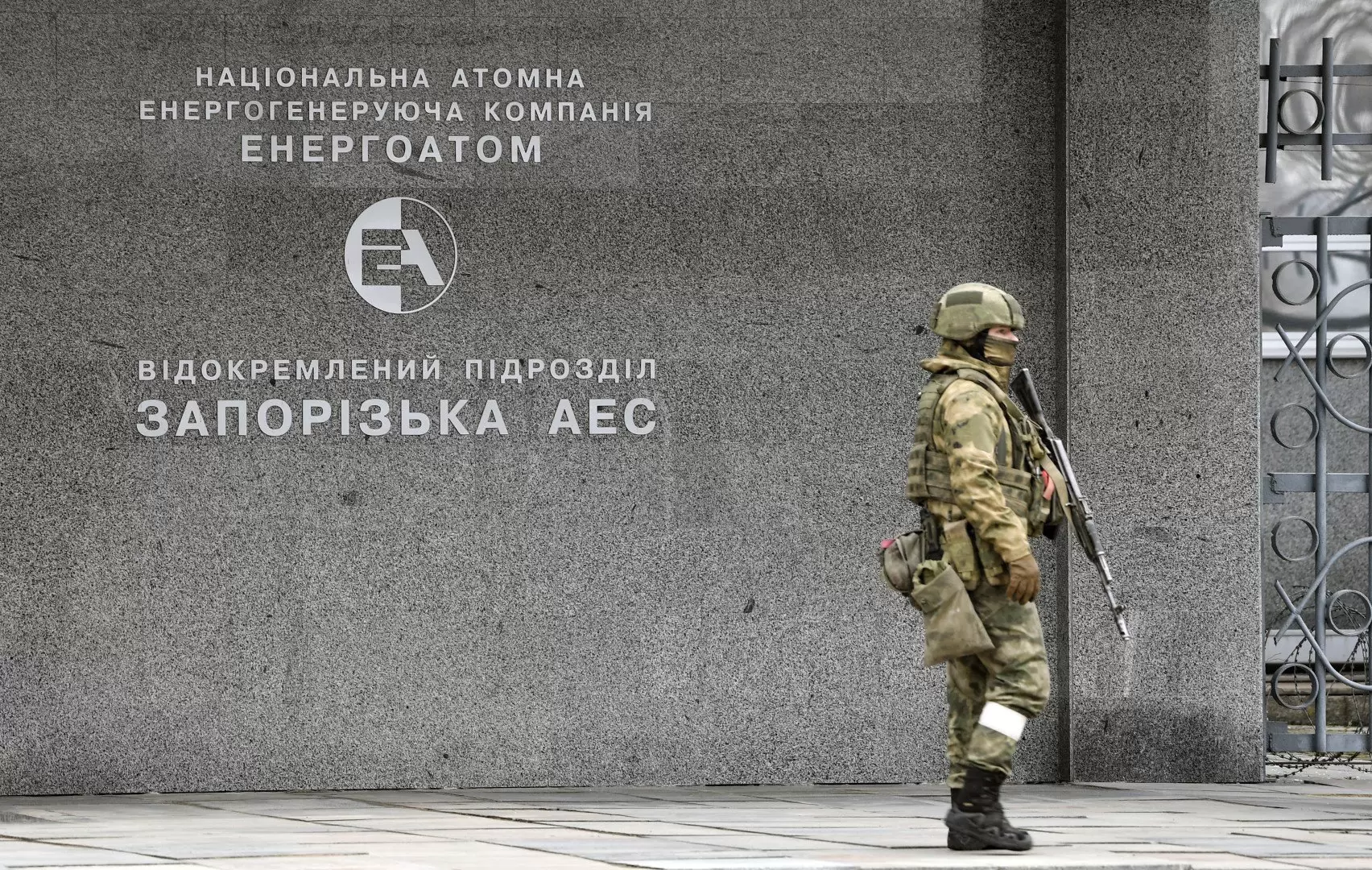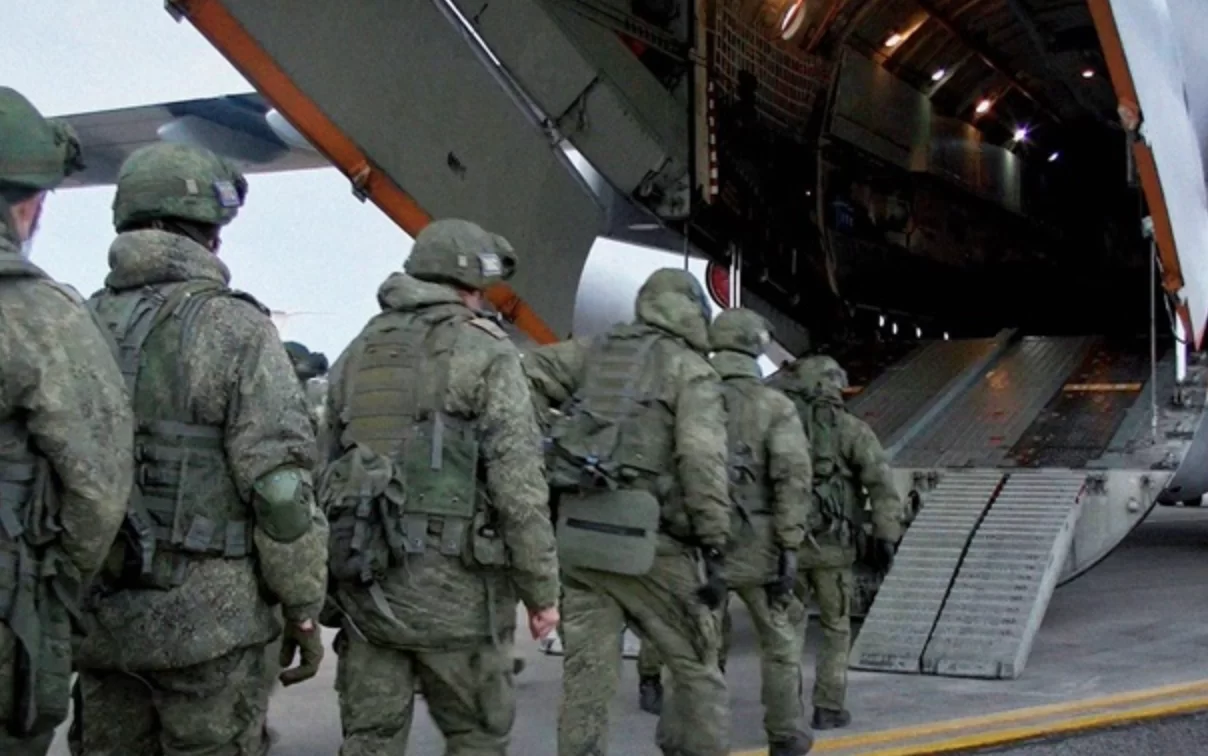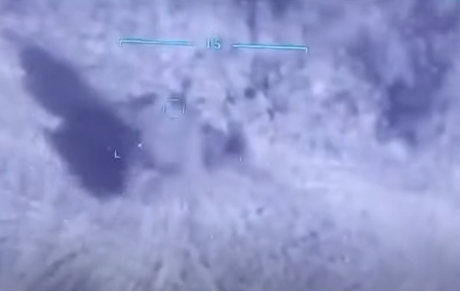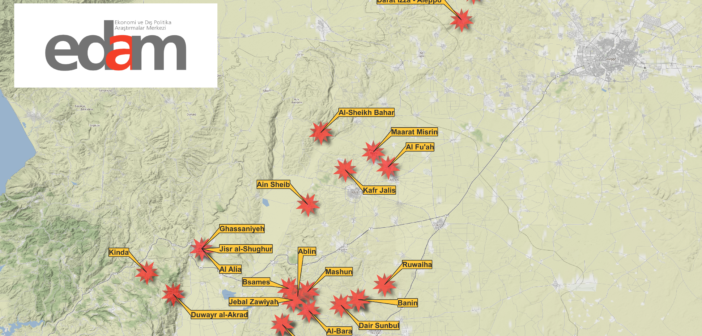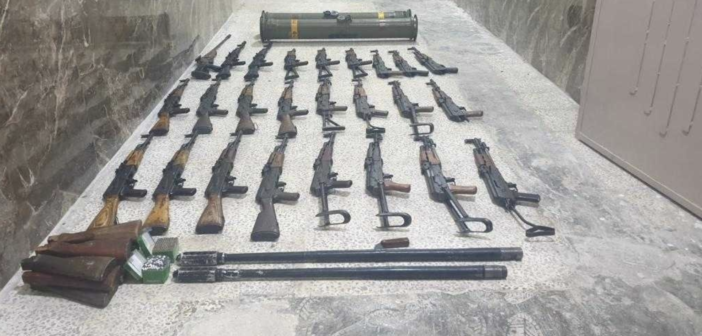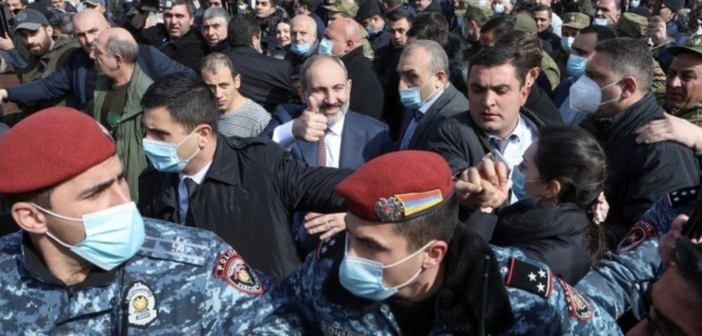
The ‘Crete Model’, referring to Greece’s S-300 surface-to-air-missile (SAM) system’s unique operational and political-military status in the Aegean Island of Crete, was recently voiced in the Turkish press in an effort to offer a way-out from Turkey’s S-400 rift with the United States. More importantly, this very rift is now growing in the shadow of the CAATSA sanctions.
At first glance, the ‘Crete model’ might seem to be well-intentioned and constructive to find a face-saving diplomatic solution. However, if the Turkish administration is really up for walking such a path for its newly-acquired Russian strategic weapon system, Ankara should better be aware that while it can mean a game-changer for Turkey’s ‘transatlantic troubles’, it would do so at the expense of a deep downfall in Turkey – Russia relations. To put it correctly, in an unmitigated fashion, implementing the ‘Crete model’ for the S-400s would be tantamount to a cortisone shot to heal a severe injury before it gets chronic. It is effective, but not without side effects.
The Turkish administration’s way-forward in the S-400 issue, inevitably, would exceed diplomatic muddle through and pertain to a geopolitical decision-point in a way or another. Before going into deeper analysis, here are some facts about the Greek S-300 handling.
How to Keep a Russian Strategic Weapon System in a NATO Nation’s Territory?
First, although many in Turkey reduces the ‘Crete model’ into the simpler stance of ‘keeping a Russian system idle’, the Greek way manifests a strong NATO identity and careful fine-tuning with respect to the operational status of the S-300s. To date, Greece conducted several tests with its Russian-manufactured strategic SAM system, including live-fire exercises. More importantly, the Greek military held those drills at NATO Missile Firing Installation (NAMFI).
NAMFI is a missile test facility located in the island of Crete. Rooting back to the 1960s, NAMFI has always had “unbreakable ties” with the Transatlantic Alliance. The facility benefits from NATO funds, and the Supreme Headquarters Allied Powers Europe (SHAPE) is represented in both User Nation Annual Committee and User Nation Financial Committee which oversee NAMFI’s activities in a broad spectrum. More importantly, NATO’s Military Committee has a strong outreach in Crete, including having the last word, especially when it comes to any non-NATO country participation in missile test efforts.
Greece’s S-300 tests take place in a strict NATO strategic oversight, such as the one that took place back in 2013 during the White Eagle exercises, marking the first test-launch since Athens’ acquisition of the Russian SAM system. Besides, last year, Athens’ long-awaiting PMU-2 variant modernization project even fell through due to the American objections.
All in all, the ‘Crete model’ does not merely pertain to operational status. Rather, in a broader fashion, it is about linking the S-300s to Greece’s NATO geopolitical identity through NAMFI.
What about Bilateral Drills?
The Greek military has reportedly used the S-300s during non-NATO bilateral exercises too. In this respect, the Israeli example stands out. International news outlets suggested that the Israeli Air Force, back in 2015, carried out various tests on the radar capabilities of the Greek S-300s, mimicking the Soviet-Russian air defense architecture of Syria and Iran.
Getting Real with the Crete Model for Turkey’s S-400s
Against the backdrop of the abovementioned facts, if Ankara wants to get real about the ‘Crete model’, then it should be well aware that the Greek way of deploying a Russian strategic weapon system goes beyond the operational status or combat-readiness.
Would Turkey allow NATO Allies to study the Russian strategic SAM system, its engagement envelops, performance, and resistance to electronic warfare measures? Can Turkey provide the Allied drills with the S-400 if necessary? Would the Turkish administration share its findings about the S-400 with NATO, or, in a bilateral fashion, with the United States? Can Turkey deploy the S-400 in a NATO-related facility at homeland? In fact, this is why even calling it the ‘Crete model’ could be misguiding. The correct depiction for Greece’s handling of the S-300 would be the ‘NAMFI model’.
The Russian Roulette of Applying the NAMFI Model in Turkey
Albeit Turkey has the export variant, still, the S-400 forms the backbone of Russia’s anti-access / area-denial strategic posture in Syria, and more importantly, in the Western Military District, at the immediate doorstep of NATO’s eastern flank. Besides, at present, the People’s Liberation Army of China is yet another operator of the weapon system. Thus, many other nations would like to know better about the S-400.
Of course, there is the Russian dimension to consider too. Just like the American fears about the F-35, the Russians would not want to see NATO Allies informed about their most advanced strategic air defense systems. How would Moscow react if Turkey goes for a complete Crete or NAMFI model?
Apart from the abovementioned political-military framework, the military-technological context is also critical. From a technical standpoint, the S-400 is a whole different beast compared to the Greek S-300 which is one of the oldest variants of the S-300 line. Second, unlike Turkey, Greece have not hinted its intentions to co-produce a strategic SAM system with the Russian Federation, let alone going for Russian 4.5th generation aircraft for its air force. Third, ironically, instead of Crete, the S-300s were first destined to another island, Cyprus, in the 1990s. Only after Turkey’s military-backed, coercive diplomacy, they ended-up in Greece as an interim diplomatic solution. Thus, Turkey’s S-400 case is nowhere close to Greece’s S-300 procurement politically.
Finally, there is an undeniable geopolitical gap between Russia in the 1990s – hit by a defeat in Chechnya and facing grave economic, political, and military modernization problems under the Yeltsin administration – and Russia in the 2010s and 2020s which invaded Georgia, Ukraine, tipped the trajectory of war in Syria, and has become a way more ambitious and powerful player under the Siloviki elite’s rule manifested in the Putin presidency, as well as contemporary Gerasimov & Shoygu military leadership.
Overall, as the political-military and defense-technological frameworks differ in the Greek and Turkish cases, the Russian factor has to be considered. If Turkey is to anchor its S-400 to NATO, it can only do so by exacerbating a grave crisis with Moscow. At present, most probably, Turkey would not go for such a way-out as it would risk burning the bridges with Russia.
Asking the Right Return for the ‘Crete Model’ Move
Nevertheless, if Turkey will go for the Crete model, it has to offer a ‘sellable’ political-military ground for it, and should ask for adequate favors from its allies.
So far, Ankara has focused on two flawed diplomatic arguments when explaining the S-400 purchase. The first argument is that because Turkey’s traditional Western allies dragged their feet, the Turkish administration had to procure a strategic SAM system from the Russians. And second, many other NATO Allies also operate Russian systems, so why not Turkey?
Well, Turkey have highlighted not so precise points that NATO capitals would agree on. For one, Turkey had, and even still has, the EUROSAM option with co-production options. Besides, in 2018, the US came with way better Patriot package then previous ones. In a nutshell, there were NATO options present on the table while Turkey was fishing for the S-400.
When it comes to some other NATO-Allies operating Russian arms, factually, it is true. Nations like Poland and Bulgaria still keep Soviet-Russian weaponry, such as the Mig-29 fighters and S-200 strategic SAM systems. Nevertheless, these weapons are mostly remnants of the Cold War times. Some NATO nations have indeed procured equipment from Russia afterwards, such as the Hungarian helicopter deal and further prospects that the Hungarians could seek. However, Turkey remains the only NATO Ally that procured a strategic weapon system from the Russian Federation in the aftermath of the illegal annexation of Crimea.
Instead, I would argue, the Turkish administration should focus on two different arguments to make its stance clear. First, Ankara should ask for firmer guarantees when it comes to Allied responsibilities. Throughout the Syrian civil war, NATO Allies have politicized their air & missile defense support to Turkey, and even withdrew their batteries due to divergences over the PKK terrorist organization-affiliated militant groups in Syria. The Russians, however, have not altered their S-400 stance even though they had grave disagreements with Turkey in Libya and Nagorno-Karabakh. Well, Turkey has each and every right to ask from its friends for what the Russians have so far demonstrated. As a telling case, for example, Canada recently exercised limitations on a sub-system used by the Turkish drones because Turkey sold unmanned aerial systems to Azerbaijan, and the Azerbaijani military used them to re-capture its Armenian-occupied territory, as recognized by several United Nations Security Council resolutions. Russia, on the other hand, which has two forward-deployed bases in Armenia and a military alliance with Yerevan, has been standing more reliable when it comes to its arms sales to Turkey compared to Canada.
Second, Ankara should demand to become a missile defense hub for NATO should it alter its S-400 policy. After all, Turkey borders menacing arsenals along its frontiers. Not only the Syrian and Iranian missile proliferation efforts threaten the only Allied nation with the Middle Eastern borders but also the North Korean ballistic missile and weapons of mass destruction (WMD) know-how pours into the region. Just like Estonia becoming NATO’s cyber hub following the 2007 cyber-attacks, its Western Allies should have supported Turkey becoming the missile defense hub of the Alliance. It did not happen. The Turkish administration should ask for such a strategic vision.
Finally, although there is an avalanche of divergences between Turkey and the U.S., resuming the F-35 program has to play a part, should the Turkish administration pursue the ‘Crete model’ for its S-400s.


